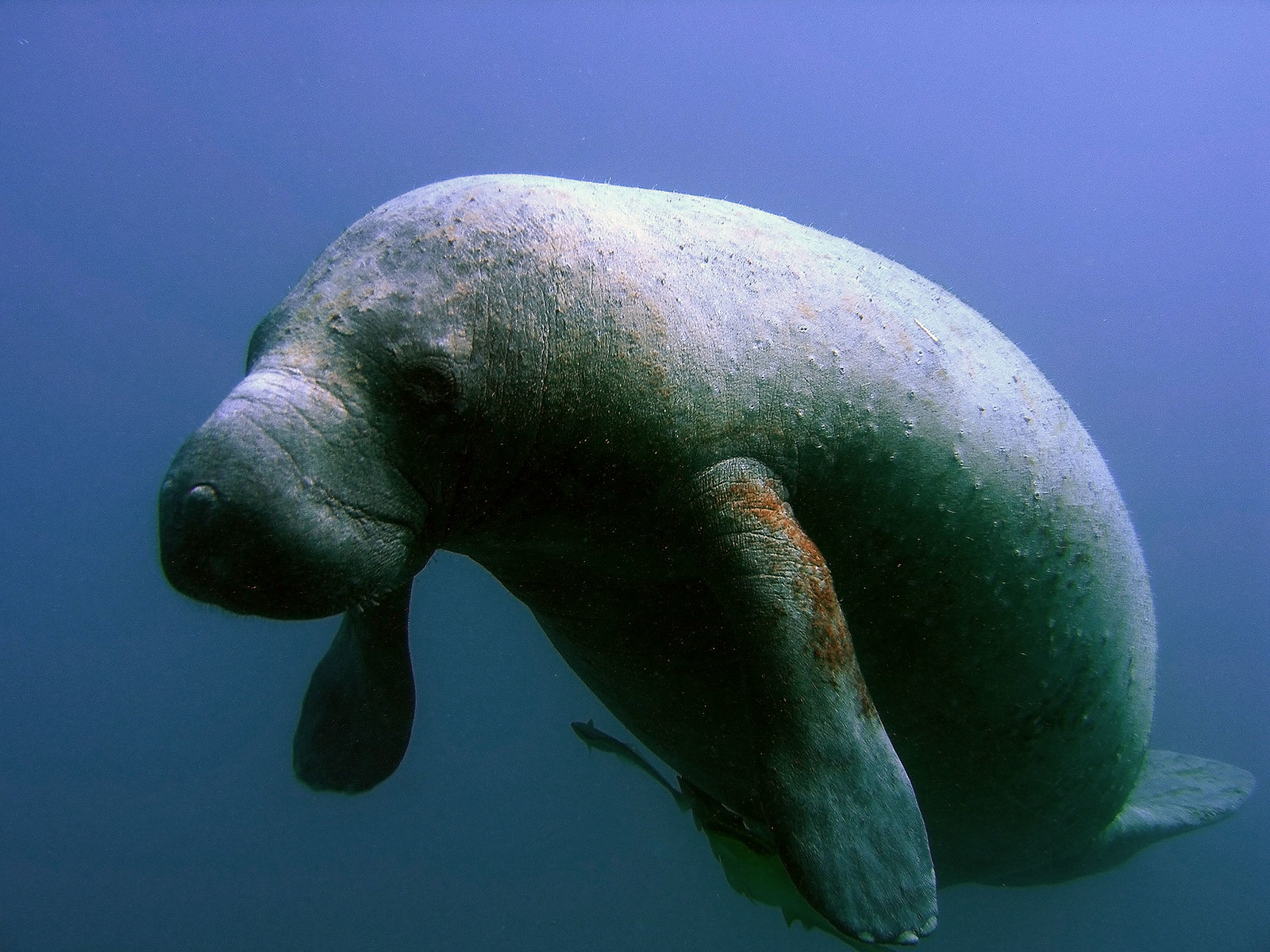
The Tortugas: an ecological crossroads and conservation success story
Around two decades ago, the Tortugas region of the Florida Keys and its ecosystem was falling apart. Now, much of it can be celebrated as a conservation success story.
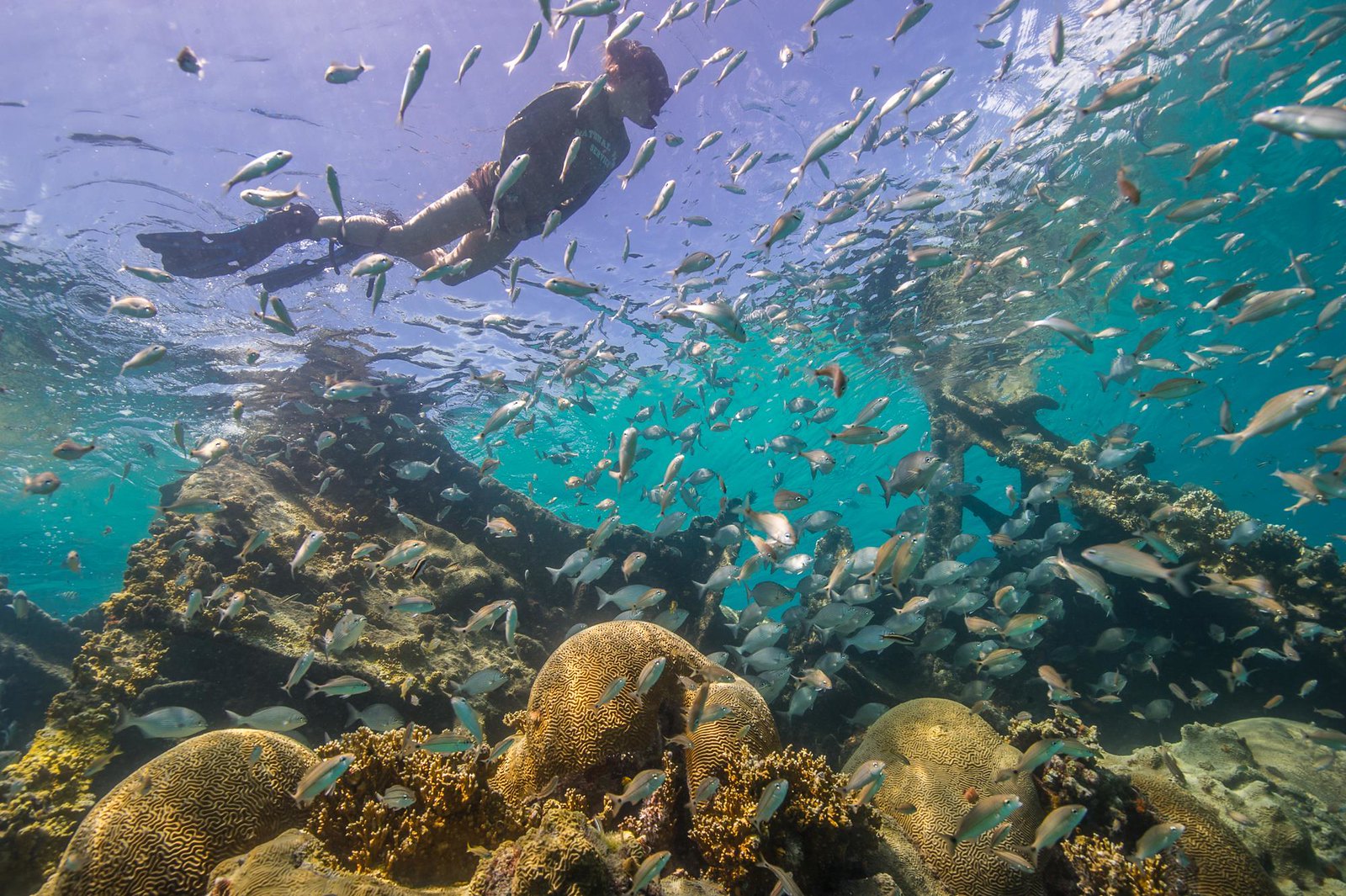
At the southern tip of the Florida Keys National Marine Sanctuary, two remote and stunning areas, complete with white sand beaches, palm trees and thriving colorful coral reefs, exemplify marine conservation done right. These areas serve as a lighthouse guiding the way for similar conservation efforts.
Dry Tortugas National Park and the Tortugas Ecological Reserve are about 70 miles west of Key West, at the end of the chain of islands that make up the Florida Keys. Each year, thousands of visitors are attracted to the spectacle of underwater life that these places have to offer. Over 400 species of reef fish and other marine creatures like sharks, rays and dolphins live within the complex ecosystem of coral and seagrass, making it one of the most diverse ecosystems in the Keys.
There was a time when the biodiversity here was threatened
The island of Dry Tortugas was originally named for its abundance of sea turtles (tortuga means turtle in Spanish) and lack of potable water. However within the past couple centuries, overfishing has made them virtually disappear – and the problems go beyond just turtles. Across the Florida Keys, climate change, water pollution, and overuse have also caused damage. In fact in the Tortugas Region, research from the late 1990’s has shown a 70% decline in keystone species like snapper and grouper, and healthy coral cover across the Sanctuary have declined by over 90%.
Things were not going well in the waters around Dry Tortugas, but fortunately the Sanctuary managers at the National Oceanic and Atmospheric Administration (NOAA) took notice.
Don’t call it a comeback
In 2001, the local community – comprised of members of the fishing community, scientists at NOAA and concerned citizens – came together to designate the Tortugas Ecological Reserve, made up of a northern and southern portion. These “no-take” reserves – where all fishing is prohibited – were meant to give space for iconic ocean species to rehabilitate and to give time for the ecosystem to recover, and the good news is it’s working.
Studies conducted within the last decade have shown increases in fish populations across a wide range of species such as grouper, snapper, and hogfish, to name a few. Additionally, areas within the ecological reserve have seen increases in coral cover and healthier bottom habitat, which has supported fish spawning. And the news gets better. Observations have shown that many of the species that spawn here end up traveling elsewhere within the Keys, meaning that the reserves are supporting and bolstering the surrounding ecosystem! The Dry Tortugas ecosystem is so important for the rest of the Florida Keys, and it is an excellent example of successful conservation efforts that should be implemented throughout South Florida.
A plan to further restore the Tortugas
In order to rejuvenate fish populations, restore bottom habitats, and limit the overall level of interaction that humans have within the Sanctuary, NOAA has prepared their draft Florida Keys Restoration Blueprint. The Blueprint contains policy changes and recommendations for areas within the Keys, and much of it could improve conditions for struggling areas. In the Tortugas Ecological Reserve, NOAA wants to extend the southern section one mile west across its entire length, to better encompass deepwater habitats that support unique corals and fish spawning. The more NOAA can do to preserve the ecosystem here, the better, and this is a huge step in achieving that, but the agency can do more.
Currently, the northern and southern portions of the Tortugas Ecological Reserve are separated by an unprotected area in between them. Originally, NOAA had considered protecting this area by designating it as the “Tortugas Corridor,” which would have connected the ecosystems. Unfortunately, they decided against it in their proposed Blueprint, and they should reconsider.
It’s been shown time and again that the conservation efforts made here have been successful and have gone on to support other places within the Sanctuary. As a whole, it is NOAA’s responsibility to maximize the ecosystem health Sanctuary-wide. Continuing to bolster Dry Tortugas with more protections would allow other places within the Florida Keys to prosper, which is important given how much the Keys ecosystems have struggled recently.
Were NOAA to implement the “Tortugas Corridor,” they’d be drawing a line in the sand and fulfilling their role as responsible stewards of the ocean. The Keys’ environment has been declining and it’s reaching a breaking point. It’s imperative we do all we can to support healthy places before it’s too late, and Dry Tortugas could continue to be a great example of our efforts to support the Sanctuary and the 6,000 species that call it home.
Topics
Authors
Ian Giancarlo
Protect Our Oceans Campaign, Advocate, Environment America
Ian works to protect our oceans and marine ecosystems. Ian lives in Portland, Oregon, where he enjoys triathlons, hiking, and local breweries in his free time.
Find Out More
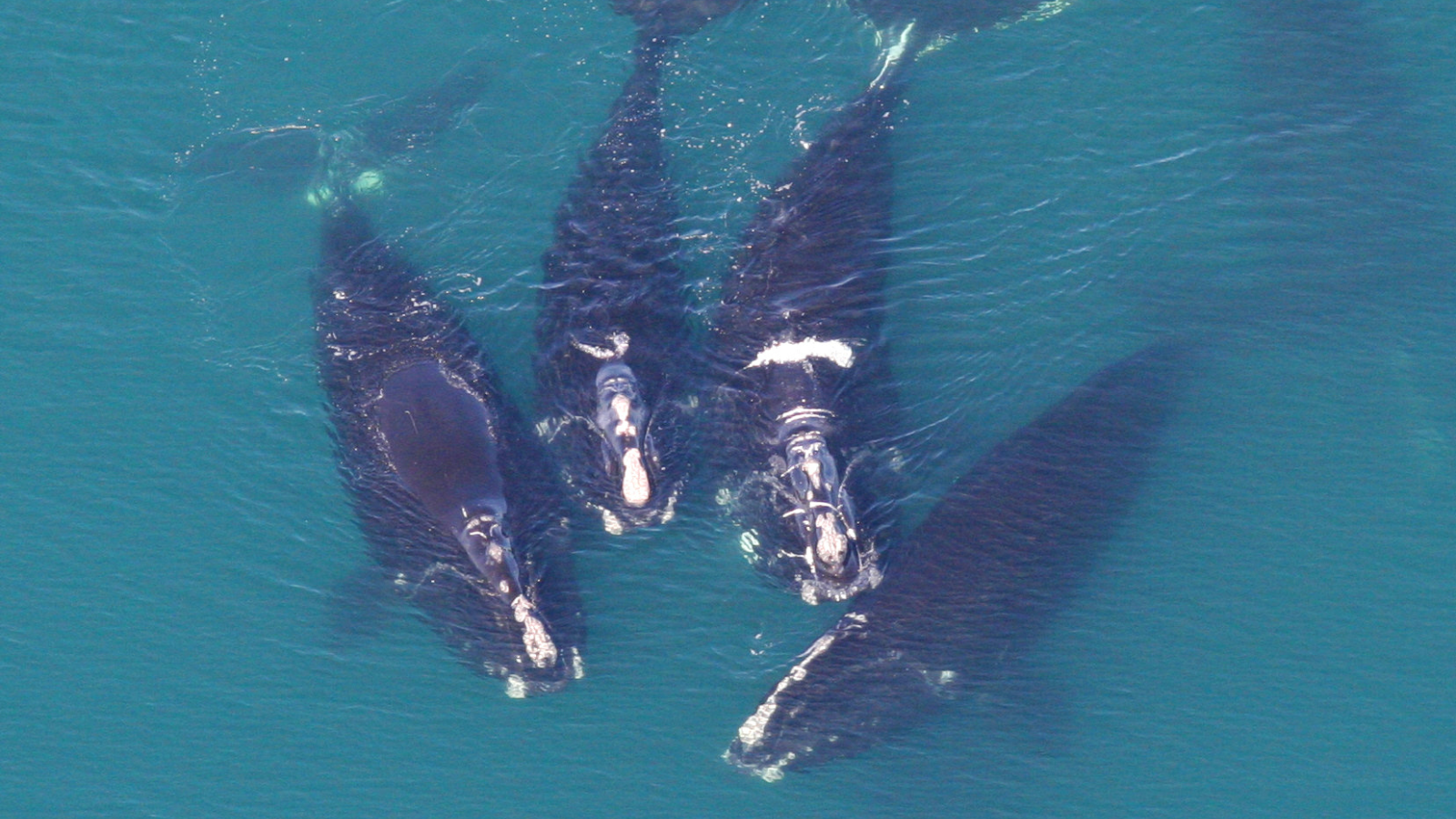
Save the Whales
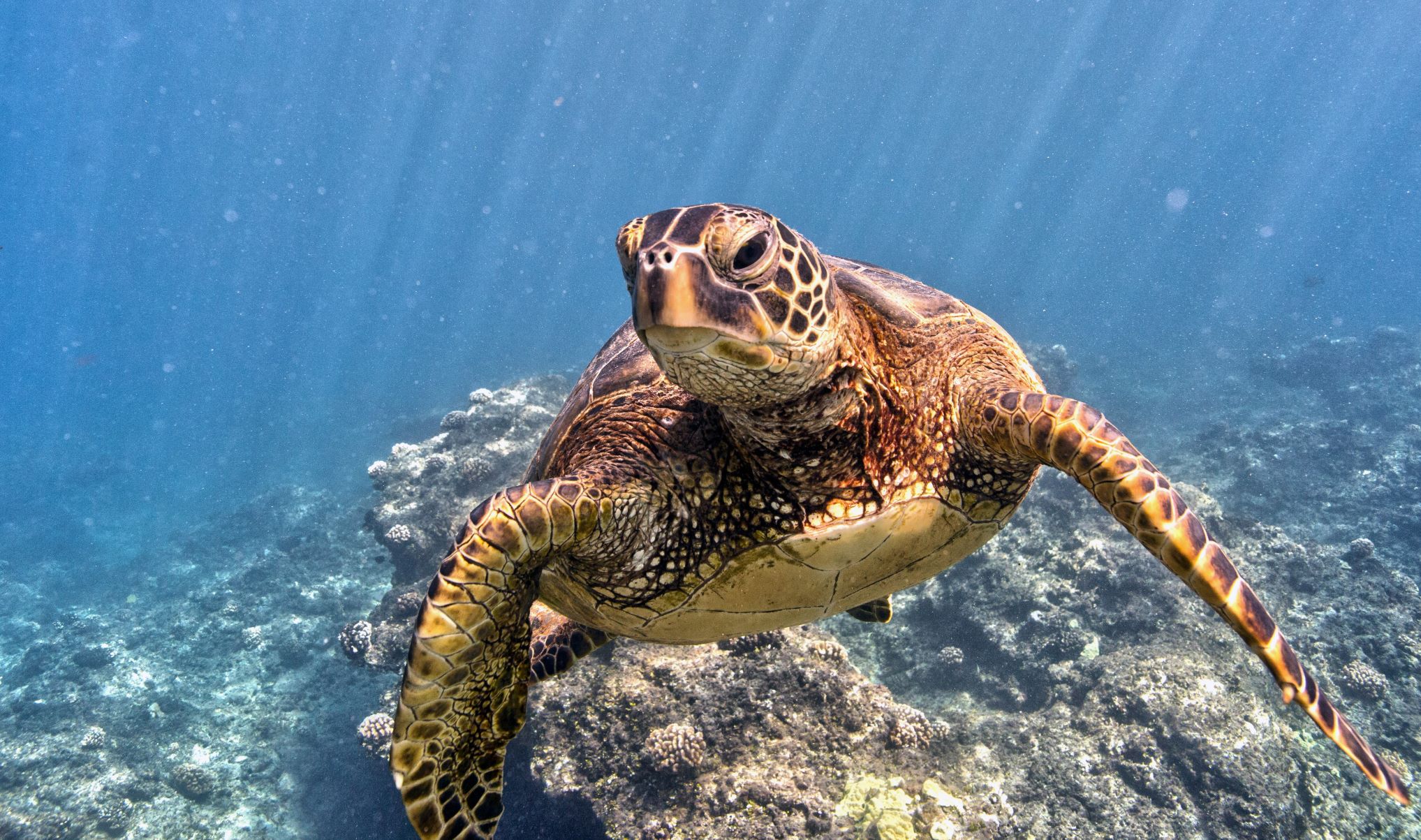
Marine protected areas are the best hope for the ocean – but only if the protections are real
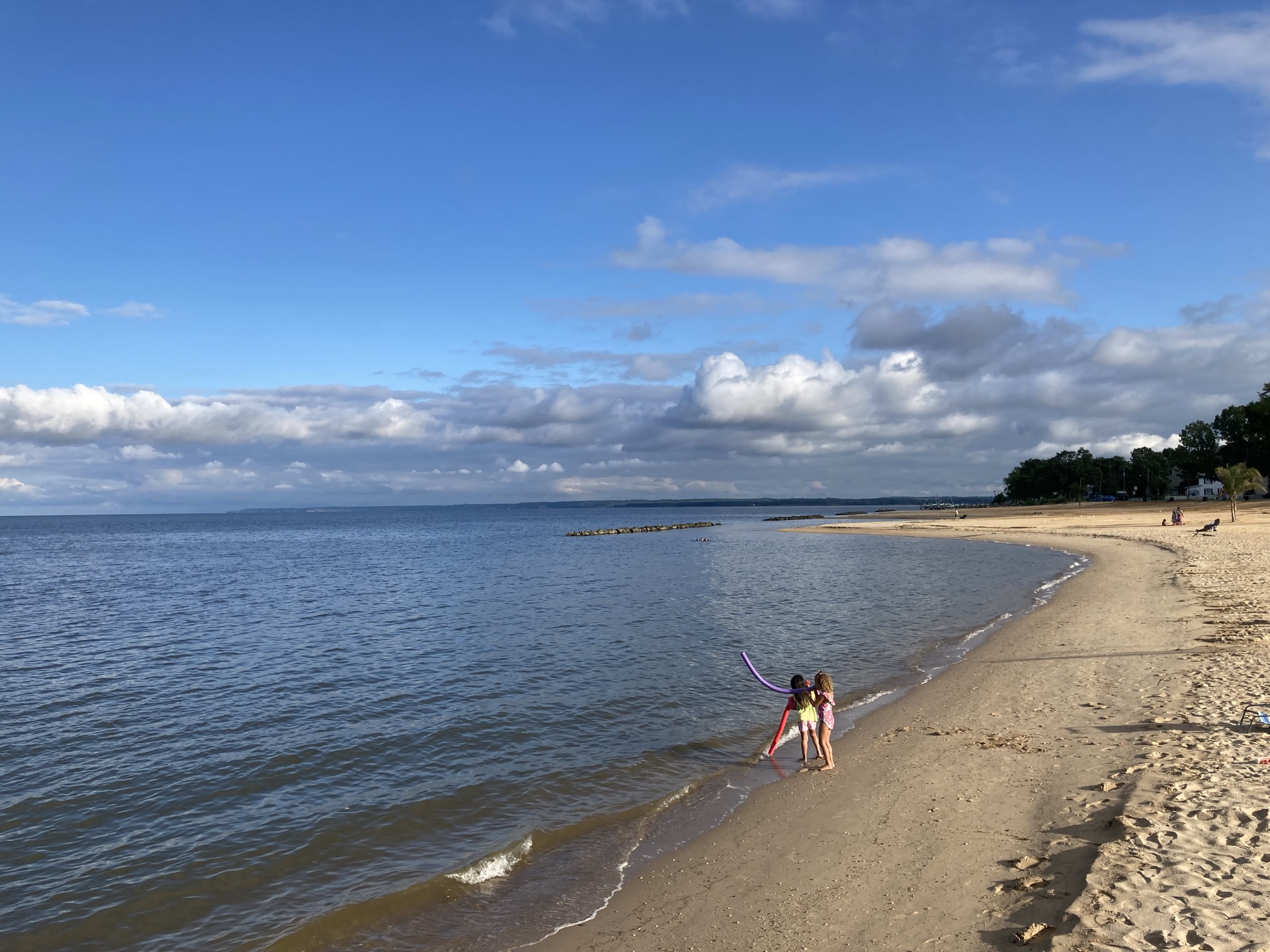
Has PFAS contaminated your beach?
